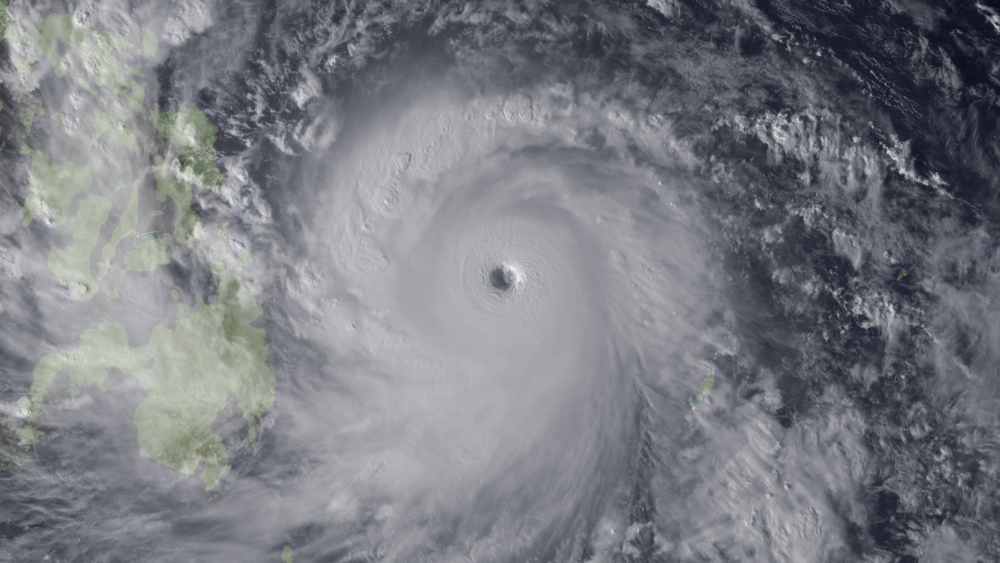2013's Wild, Unforgettable Weather: A Roundup

Floods, fires and typhoons — weather fueled by heat led the news in 2013. In Colorado and central Europe, tropical moisture fed heavy rains and floods. Australia was ravaged by heat waves and wildfires for much of the year. Warm Pacific Ocean temperatures fueled major tropical storms that devastated the Philippines and Asia.
The unusually warm temperatures are on pace to set a heat record, making 2013 one of the warmest years in more than a century, according to a report released in December by the National Climatic Data Center (NCDC). The first 11 months of 2013 are the fourth warmest (averaged around the globe) since record-keeping started 134 years ago.
While it's too soon to say whether the extreme heat played a role in the wild weather of 2013, or how big that role was, the National Oceanic and Atmospheric Administration did release a report this September blaming human-caused climate change for some of 2012's worst weather extremes.
Whatever the cause, 2013 was a year of memorable weather events. Here are the highlights:
Heat waves: Southern Australia suffered through record high temperatures for much of the year, fueling wildfires. Central Asia, costal Africa and Central America were also warmer than average, according to the NCDC. [Countdown: 2013's Wildest Weather]
Tornadoes: Despite fewer tornadoes than average in the United States this year, there were two terrible storms that devastated towns near Oklahoma City. One was the strongest tornado on record, and the other was the widest.
Flooding: Colorado and Central Europe saw their worst flooding in decades.
Sign up for the Live Science daily newsletter now
Get the world’s most fascinating discoveries delivered straight to your inbox.
Tropical storms: A quiet hurricane season in the Atlantic Ocean belied the damage being done in the Pacific. Three typhoons each caused more than 1 billion pesos (22 million) in damages in the Philippines. The country is still recovering from Super Typhoon Haiyan, which killed more than 6,000 people in the southern Philippines and may have been the most powerful cyclone to make landfall in the satellite tracking era.
Email Becky Oskin or follow her @beckyoskin. Follow us @livescience, Facebook & Google+. Original article on LiveScience.










